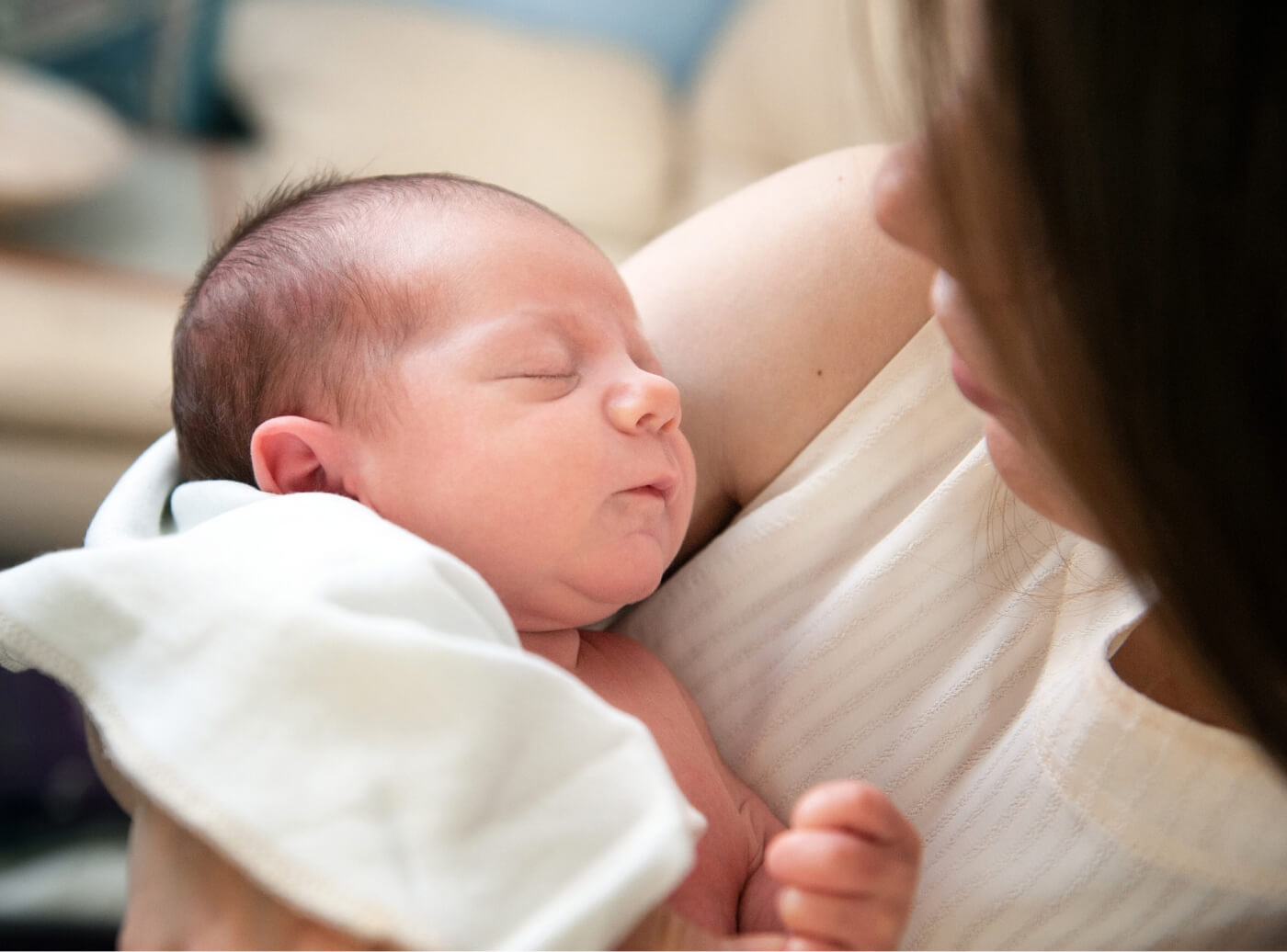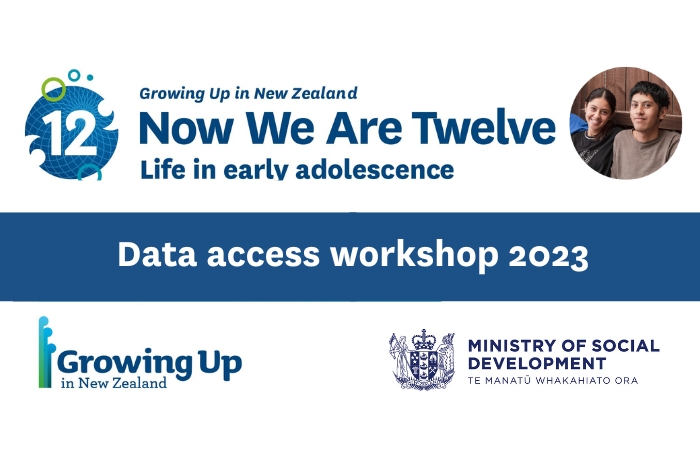New research examines structural disadvantage in rangatahi Māori mental wellbeing

November 23, 2023
Research published today by Growing Up in New Zealand has identified patterns of structural disadvantage experienced by rangatahi Māori, and looks at mental wellbeing and cultural connectedness.
According to Growing Up in New Zealand’s Research Director, Associate Professor Sarah-Jane Paine (Tūhoe), there is ample evidence to suggest that rangatahi Māori experience higher levels of structural disadvantage than other young people.
Structural disadvantage refers to the disadvantage experienced by some individuals or groups as a result of the way society is organised and how resources are distributed. In this research structural disadvantage was measured by looking at information provided by the young person’s mother, including the level of household material hardship, neighbourhood socioeconomic deprivation; maternal employment status and residential mobility (number of house moves).
“Other research from Growing Up in New Zealand found that rangatahi Māori have experienced some structural disadvantage by the age of twelve - this includes things like whānau not being able to afford essentials or having to make involuntary house moves. This new research takes a slightly different approach by looking at longitudinal trajectories of structural disadvantage from birth through to early adolescence, and how these different trajectories are related to rangatahi mental wellbeing.”
Growing Up in New Zealand is Aotearoa’s largest contemporary longitudinal study of child development following thousands of children from before birth, and it is the largest study of Māori wellbeing with 1,224 Māori twelve-year olds and their whānau taking part in this latest research.
The research showed three trajectories of relative structural disadvantage for rangatahi Māori from before they were born through to twelve-years of age:
• 21% of rangatahi Māori experienced persistent and relatively high levels of structural disadvantage. Most rangatahi Māori in this group experienced structural disadvantage before they were born, and whilst many experienced one or two periods of relatively low disadvantage during early childhood, most shifted back into relatively high structural disadvantage by middle childhood (8-year and 12-year timepoints).
• 35% of rangatahi Māori experienced intermittent periods of relatively high structural disadvantage. These young people experienced between one and three periods of relatively high structural disadvantage across the time points.
• 44% of the rangatahi Māori cohort experienced persistent and relatively low structural disadvantage. These young people experienced relatively low structural disadvantage from antenatal through to early adolescence.
Researchers looked at these trajectories in relation to mental wellbeing and cultural connectedness. According to Associate Professor Paine, although rangatahi Māori experience higher levels of depression, anxiety and have a poorer quality of life than other young people, there were few instances where mental wellbeing differed between these trajectory groups.
“What this means for policy and service delivery is that initiatives to improve mental health in rangatahi Māori need to consider all rangatahi Māori - not just those in severe deprivation.”
The research also looked at cultural connectedness to see if this acted as a buffer for mental health. Cultural connectedness describes young people’s feelings of belonging, having a strong or positive cultural identity and engagement with cultural practices. According to Associate Professor Paine the research showed cultural connectedness was associated with fewer depression symptoms, anxiety symptoms and improved quality of life but it didn’t buffer the relationship between structural disadvantage and mental wellbeing.
“We found that cultural connectedness has a clear benefit for rangatahi Māori. Having a sense of belonging is so important for rangatahi wellbeing and those connections with culture are associated with a better quality of life. At the same time, our research shows that this connectedness, while beneficial, isn’t enough to protect rangatahi Māori from the effects of structural disadvantage which is pervasive and requires courageous action to address,” said Associate Professor Paine.
See the research paper here: Structural disadvantage and rangatahi Māori mental wellbeing.
ENDS
For more information, please contact:
Julia Crosfield
Media and Communications, Growing Up in New Zealand
Julia.Crosfield@auckland.ac.nz
027 282 4896
Anna Kellett
Communications Manager, UniServices
Anna.Kellett@auckland.ac.nz
027 412 4718
%201.svg)



